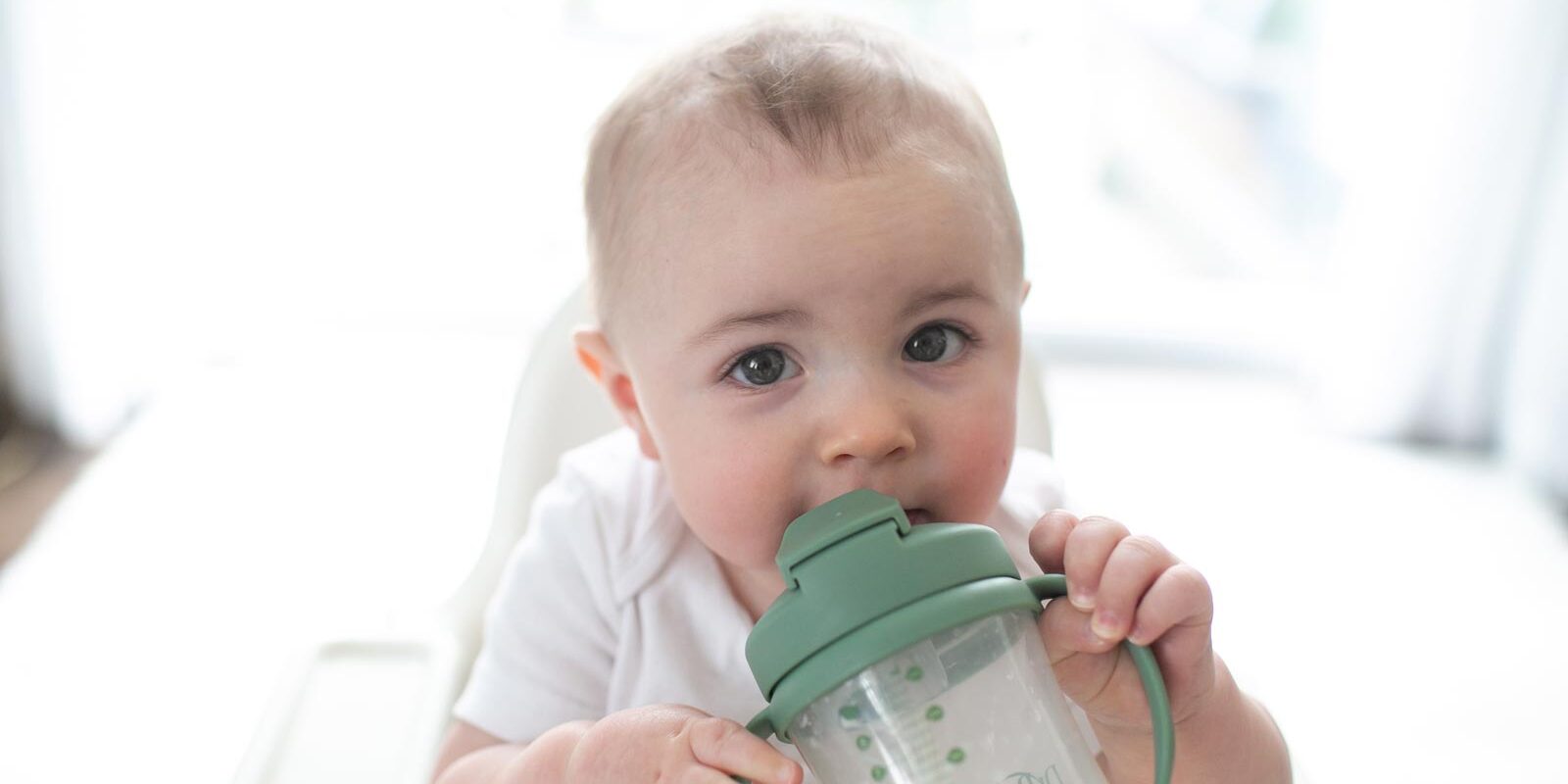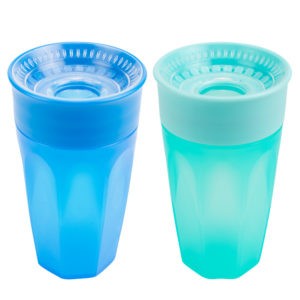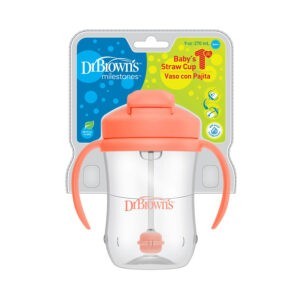As your baby grows, so do their nutritional needs, and one of the biggest milestones is swapping out infant formula for big-kid milk. Just like any other major transition, this one can be both exciting and daunting. But with a solid understanding about when and how to introduce milk, along with a little bit of patience, you can help your little one ease into the next stage of life in no time.
When to Transition from Formula to Milk
Weaning off infant formula varies for each child, but the CDC1 recommends waiting until babies are a year old before introducing any milk other than breast milk or formula.2 It’s important to remember that every baby is unique, so consult your pediatrician before making any changes to their diet. They will be able to assess your baby’s readiness for weaning and provide guidance for your child’s specific needs.
Signs Your Baby is Ready for Milk
Your baby will likely start giving you cues when they’re ready to transition. Look out for these signs indicating they might be prepared for a change:
Increased Appetite: If your baby seems hungry even after consuming a full bottle of formula, it may be a sign that they’re ready for more substantial nutrition.
Showing Interest: If your baby eagerly watches you eat or tries to grab food from your plate, it could mean they are curious about different tastes and textures.
A Healthy Diet of Solid Foods: If they’re getting their nutrition from solid foods like fruits, grains, vegetables, and protein, then they could be ready to wean off of formula as their main source of nutrition.3
It’s also important to pay attention to signs that they may not be ready for milk. If your baby isn’t gaining weight, was born prematurely, has certain health conditions, or has issues such as food allergies or problems absorbing nutrients, your doctor may want them to continue with formula past 12 months.3
The Formula Weaning Process
For some babies it’s one and done. They try milk and never look back. For others, it can be a more gradual process as they adjust to the new taste and texture of milk and begin to transition from the bottle. If you’re weaning slowly, try following this step-by-step guide.
Introduce a Single Feeding: Start by replacing one bottle of formula with a cup of milk. Choose a feeding time when your baby is typically hungry but not starving and fussy. This helps them to associate the new taste with satisfying hunger.
Mix and Match: Over a week or two, gradually increase the ratio of milk to formula. For example, begin with 25% milk and 75% formula, then progress to 50% milk and 50% formula. Continue this process until your baby is consuming pure milk.
Time to Say Goodbye: Once your baby is comfortable drinking pure milk, you can replace all the formula feedings with milk. This is a great time to swap out bottles with sippy cups or straw cups to help them transition into big kid territory.
How Much Milk Do Toddlers Need?
Pediatricians recommend 16 to 24 oz (or 2 to 3 cups) of whole milk per day for toddlers between the ages of 12 and 24 months.3 There are also alternatives for children who have allergies or intolerances, such as soy or oat-based milk. If you have any questions or concerns about how much or what type of milk you should offer your baby, talk with your pediatrician to determine the best option.
Tips for a Smooth Transition
Try these tips to make navigating the weaning process a little easier:
Patience and Persistence: Some babies adapt quickly, while others take time. Be patient, and don’t get discouraged if your baby initially rejects the milk. Offer it consistently, and they will eventually develop a taste for it.
Gradual Changes: Weaning is a journey, so don’t rush it. Slowly increasing the milk-to-formula ratio allows your baby’s palate to adjust and minimizes any potential digestive issues.
Offer Water: As you decrease the formula, offer water in between feedings to keep your baby hydrated. This helps them establish a healthy drinking routine.
Try Warm Milk: If your baby is used to warm formula, the switch to milk may be easier if you warm it up in the beginning.
Offer Comfort: Remember that weaning is not just about nutrition. It’s also a time of emotional transition. Be prepared to provide extra comfort and reassurance during this period.
Weaning your baby off infant formula and introducing milk is an exciting milestone in their development. By paying attention to signs of readiness, following a gradual process, and offering patience and comfort, you’ll pave the way for a successful transition. Remember to consult your pediatrician for personalized advice and enjoy this new phase of your baby’s growth.


